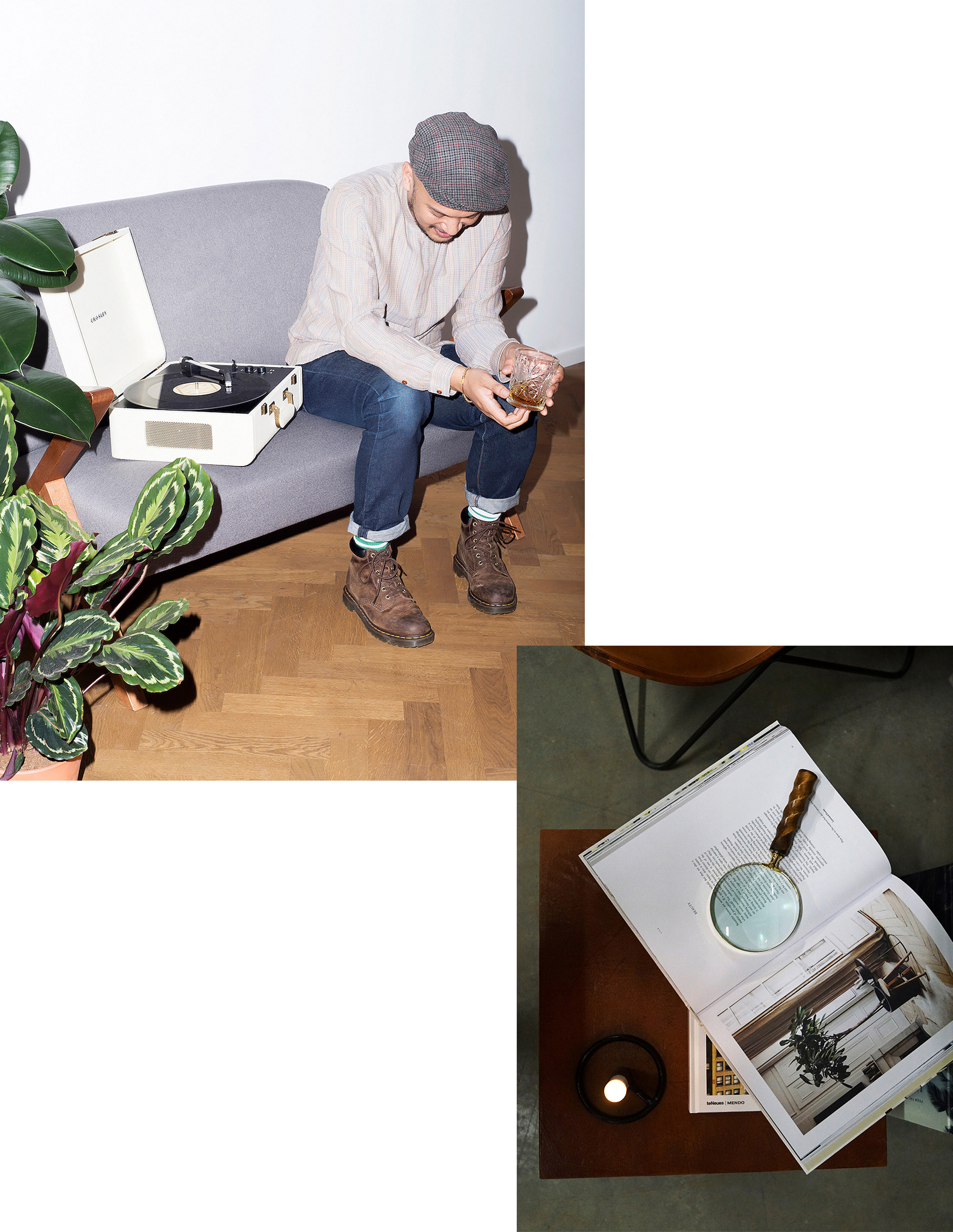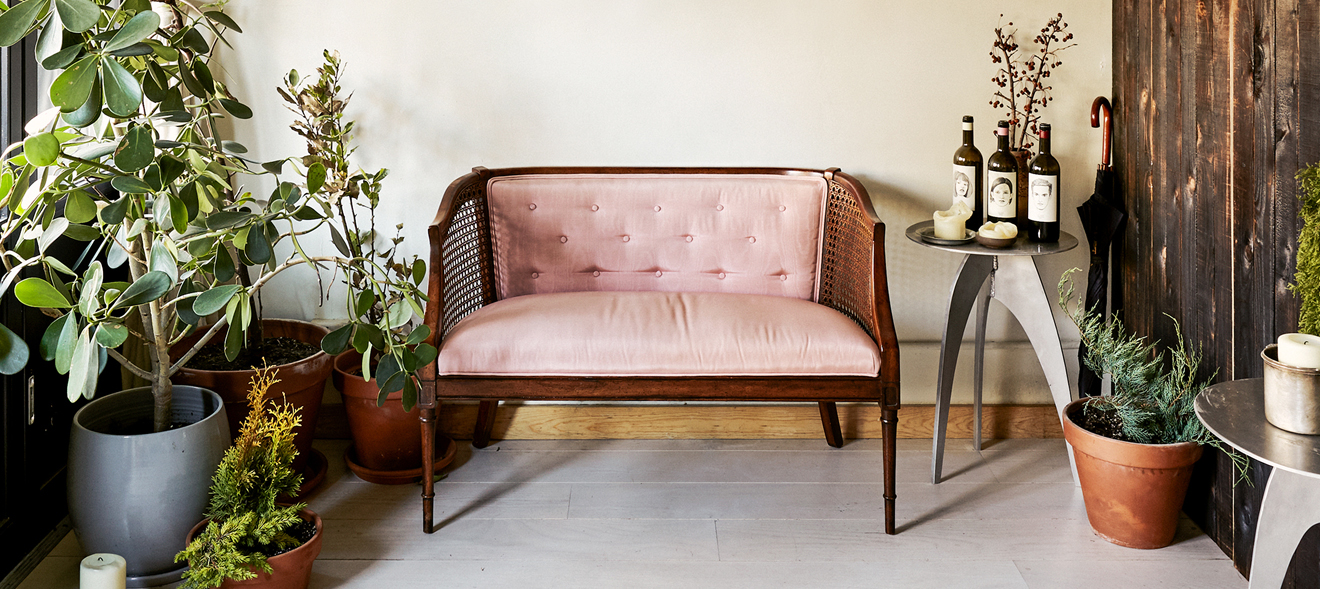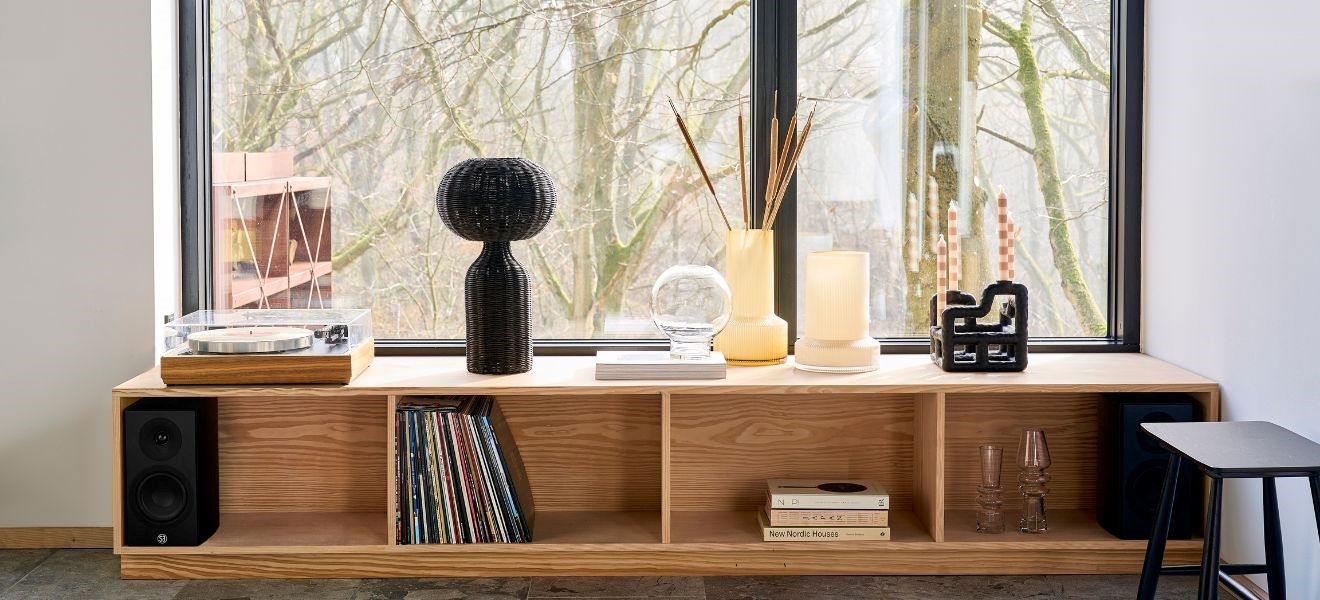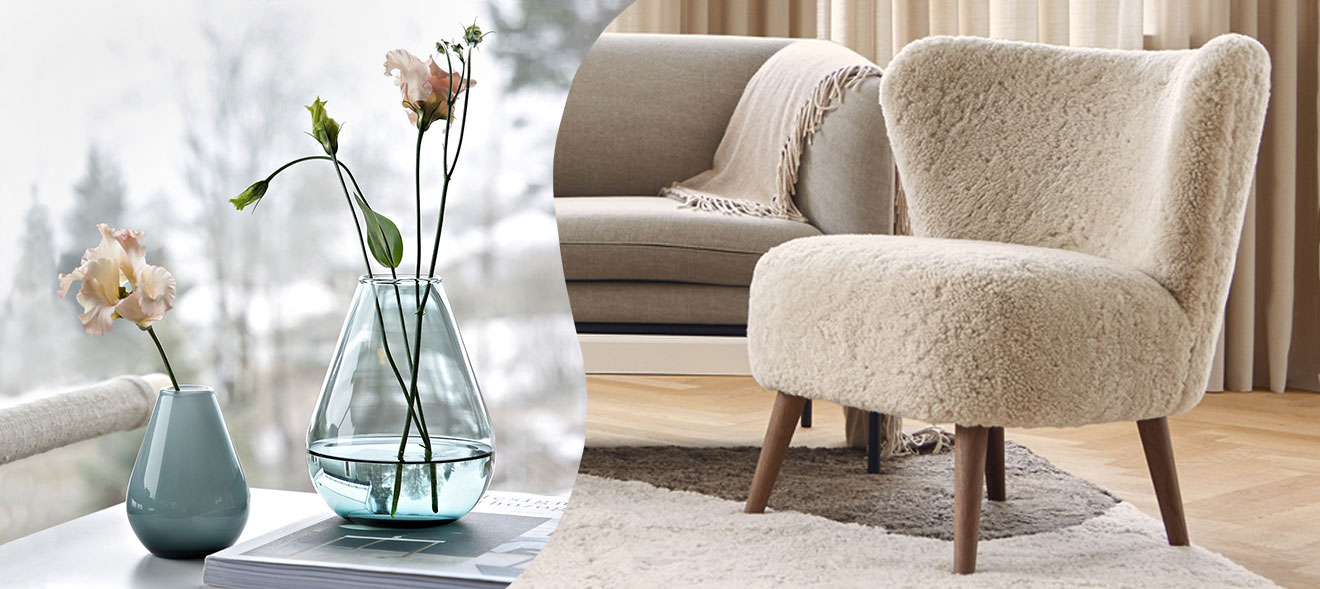A new cosy concept or a new bourgeoisie? The Germans call it Neo-Biedermeier. In a new mood of escapism, young people are turning their backs on the disposable society and taking objects home which could last for generations to come. It’s something we’ve also observed in hotels.
In La Lonja, the historic centre of Palma, there’s a place where the old values still count. Where people pull out chairs for others, and abide by the principles of kindness and humility: the boutique hotel Can Bordoy. “We believe in imperfect beauty and in respecting Mother Nature. We believe in living in a house that we can truly call home.” This is the hotel’s ‘Good manners manifesto’. “We are a house for romantics.” This fine building, which has recently been skilfully restored, has stood in Majorca for centuries. It has many full-length windows opening onto an inner courtyard, wood beams on the ceiling and tasteful decor all round. The design studio Ohlab has combined art deco aspects with thick velvet curtains to emphasise the unique qualities of this historic place. “To live an extraordinary life, you have to have an eye for the ordinary.”

Cosy bourgeois chic
Suddenly, these monuments to cosy are back: refined places decorated in colours from brown to beige, olives and greys to blues and blacks. Subtle shades and down-to-earth designs are coming back into both fashion and interiors. The return of cosy chic after years of clean minimalism comes as no surprise as we have gradually realised how the rise of digital has changed our relationship to objects. We hardly ever own heirlooms, it’s rare for objects to be passed down over several generations. Products’ lifetimes are shorter and more fleeting. New things throng the marketplace, they are ever more replaceable and interchangeable, just like our jobs and relationships, which alter with dizzying speed given today’s urban lifestyles.

2 Bag by Ackermann
3 Watch by Oozoo
4 Bag rack by Mossapour Interior Designs
5 Casket by Ishela
6 Notebook by Skinny la Minx
7 Blanket by Tiseco Home Studio
The disappearance of memorabilia which shaped earlier generations’ homes has made way for an intangible, digital space. Our homes have been decluttered and dematerialised. Bit by bit, this brings a longing for objects with permanence, for long-term companions. These could be simple gold chains, handbags made from olive-tanned leather, or watches reminiscent of vintage designs. Younger generations are starting over: they’re buying objects to last for ever. Things you can grow fond of. Even wooden type cases are making a comeback in the home, those once-familiar display cases for our favourite items.
2 Mirror by Hoff Interieur
3 Shower curtain by Södahl
4 Washstand by Villeroy & Boch
5 Stool by Sika Design
2 Mirror by Hoff Interieur
3 Shower curtain by Södahl
4 Washstand by Villeroy & Boch
5 Stool by Sika Design

Modern interiors are increasingly rustic. Bathrooms have walnut cabinets, shower curtains come in subtle shades, and stools made from rain tree wood make a tiled wet room cosier. Wood invites us to relax in our bathrooms, as an oasis after our everyday stress. This is a return to the old days, when we rediscover the bathroom as a living space. Materials are left to be themselves, allowing people to find peace. This lifestyle is an elegant sort of functionalism.


Our wish for an ordered existence
For younger generations, the kitchen is no longer a highly technical cooking environment and is instead returning to its roots. The trend for wabi-sabi, imperfect ceramics and table settings with Robinia wood and linen serviettes meets the global nomads’ need for an ordered existence. Psychologists from the Rheingold Research Institute conducted a survey of 100 young people which found that, in the face of “a torn and fragmented lived experience, they crave stability, certainty and control”, which they find by retreating into a trusted hideaway. This is evident in their ceramic tea sets, candlesticks and porcelain plates – which are much sturdier than in the olden days, thanks to new technologies.
2 Candle holder by Novoform
3 Salt jar by ScanWood
4 Bowl by Sibo Homeconcept
5 Cup by Seltmann
6 Plate by Luzerne
2 Candle holder by Novoform
3 Salt jar by ScanWood
4 Bowl by Sibo Homeconcept
5 Cup by Seltmann
6 Plate by Luzerne

Even newly opened shops and restaurants now look as if they’ve been there for decades. One example is Gem on New York’s Lower East Side, which 20-year-old Flynn McGarry has opened as a fine dining restaurant with only 18 covers, and is hidden behind a heavy curtain. The restaurant is equipped with a 1920s Navajo wall hanging, mid-century wooden chairs and metal tables which McGarry’s friend Brett Robinson designed himself. “It’s all very casual here”, says this 27-year-old interior designer who laid out the restaurant. “It doesn’t feel like a restaurant, it feels like home.” In opening his own restaurants, McGarry has made his dream come true. He is not alone – increasing numbers of young people are opting out of an increasingly complex and challenging world of work with its inherent risks. Instead they work with their hands to create something real, and thereby give something back to the world.


Retreating behind your own four walls
Already, people are talking about a new bourgeois style, called in German Neo-Biedermeier. The original Biedermeier trend was itself a reaction to the Napoleonic style and focused on family living space. The new style masks political upheaval and the speed at which the world is moving, counteracting the loss of a private sphere by providing a space which can be controlled and a clear design language. It is free of decoration and ornament, pared down yet rustic, cosy, with hefty chandeliers, wooden cabinets and even Viennese wickerwork. Out with Spotify, in with the record player; no more reading Facebook posts, instead people read magazines with positive messages. This is a simple, emotional world. Somewhat nostalgic, but mostly sustainable.


Arguably, nowhere on earth is better suited to this escapism than the South Tirol. Hotels like the Villa Verde, Ottmanngut or Reichhalter 1477 eschew catalogue furniture in favour of individual room interiors. At Reichhalter 1477, an eight-room boutique hotel in Lana, the architect Zeno Bampi has carefully exposed the building’s 500+ years of history. Interior designer Christina von Berg has placed simple yet elegant furniture in front of its exposed brick walls, which combine with the old floorboards and countertop washbasins to produce a harmonious whole. This focuses attention on the essentials which make life worth living, and above all lift our hearts.









